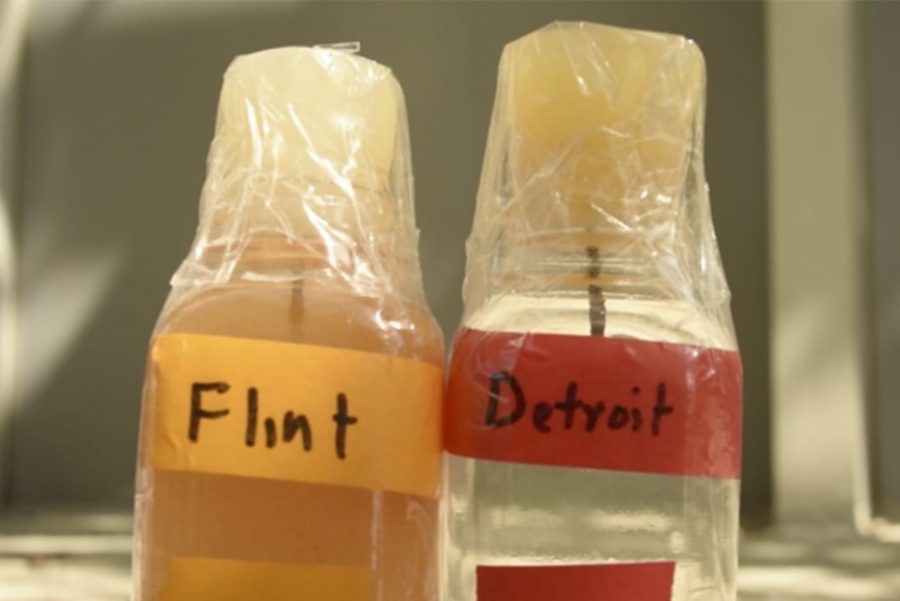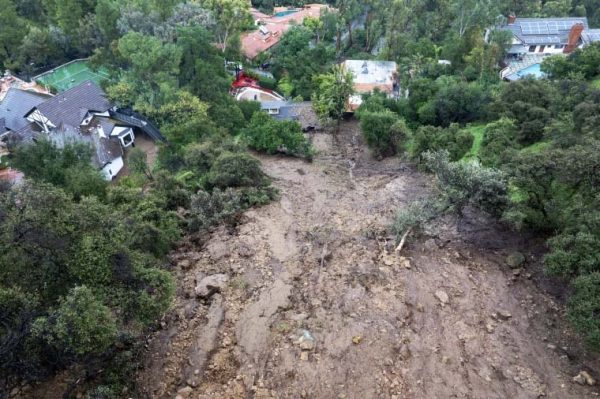Flint still fighting water concerns
Although better, lead still exists in water supply
April 29, 2019
If you drive north 302 miles from Indianapolis, you will find Flint, Michigan.
About four years ago, this city made a big splash on the news due to its year-long issues with their water supply.
The issues began on April 25, 2015 when former Mayor Dayne Walling disconnected the flow from Detroit’s processing plants and began to source water from their own river, The Flint River.
The ceremony was a happy occasion. It was seen as a “historic moment for the city of Flint to return to its roots and use own river as our drinking water supply,” said Walling. Many were excited for what was to come, but unfortunately, no one could see what lie ahead for Flint.
What followed was a disaster. Following the switch, residents began to report that their water tasted, smelled and looked odd. On two separate occasions afterward the city had to issue water boiling advisories after high levels fecal coliform bacteria was found in the water. There was also disinfectant byproducts found in the water, which could cause health issues for the elderly and the young.
General Motors Plant in Flint stopped using the water due to their concerns that the high levels of Chlorine in Flint’s water would corrode engine parts.
People were beginning to voice their dislike for their water. Several lawsuits were filed against the city of Flint and government officials. On June 5, 2015, activist and clergymen filed a lawsuit against the city, citing the contaminated water as a health risk. This case was found baseless and dismissed the following September.
Flint’s City Council members voted 7 to 1 to stop using river water and reconnect with Detroit’s water source. Unfortunately, Emergency Manager Jerry Ambrose overruled it, concerned about its immense cost and stating that “water from Detroit is no safer than water from Flint.”
Later that year, water from Flint was found to be 19 times more corrosive than Detroit’s and Virginia Tech recommended that none of its citizens should cook or drink with the water. A home in Flint had their water tested for lead, which revealed a lead content of 104 parts per billion (ppb). Another test a month later revealed showed an increased result of 397 ppb. The Environmental Protection Agency’s (EPA) limit is 15 ppb.
A research team led by Dr.Mona Hanna-Attisha found that the number of children with elevated lead levels doubled after the water source was switched.
Flint declared a state of emergency, they asked $55 million for use towards installing lead-free pipes, but Flint only received Eventually, President Barack Obama declares a disaster and the Federal Emergency Management Agency was able to step in and assist.
Residents from Flint did receive assistance during those tough times. Free water filters are distributed along with at-home water testing kits. Water bottles were handed out until April 6, 2018.
While things have improved in Flint since the return to the Detroit water source, 90% of Flint water samples had 4 ppb of lead or less in the last six months; the lowest since the water crisis.
Now citizens of Flint are continuing to manage post-water crisis. Even celebrities have come in to help the citizens of Flint. For example, actor and musician Jaden Smith has brought in a mobile filtration system, called The Water Box.
Water is a valuable resource, which is often taken for granted. Sadly, it takes a crisis like this to make people realize.











